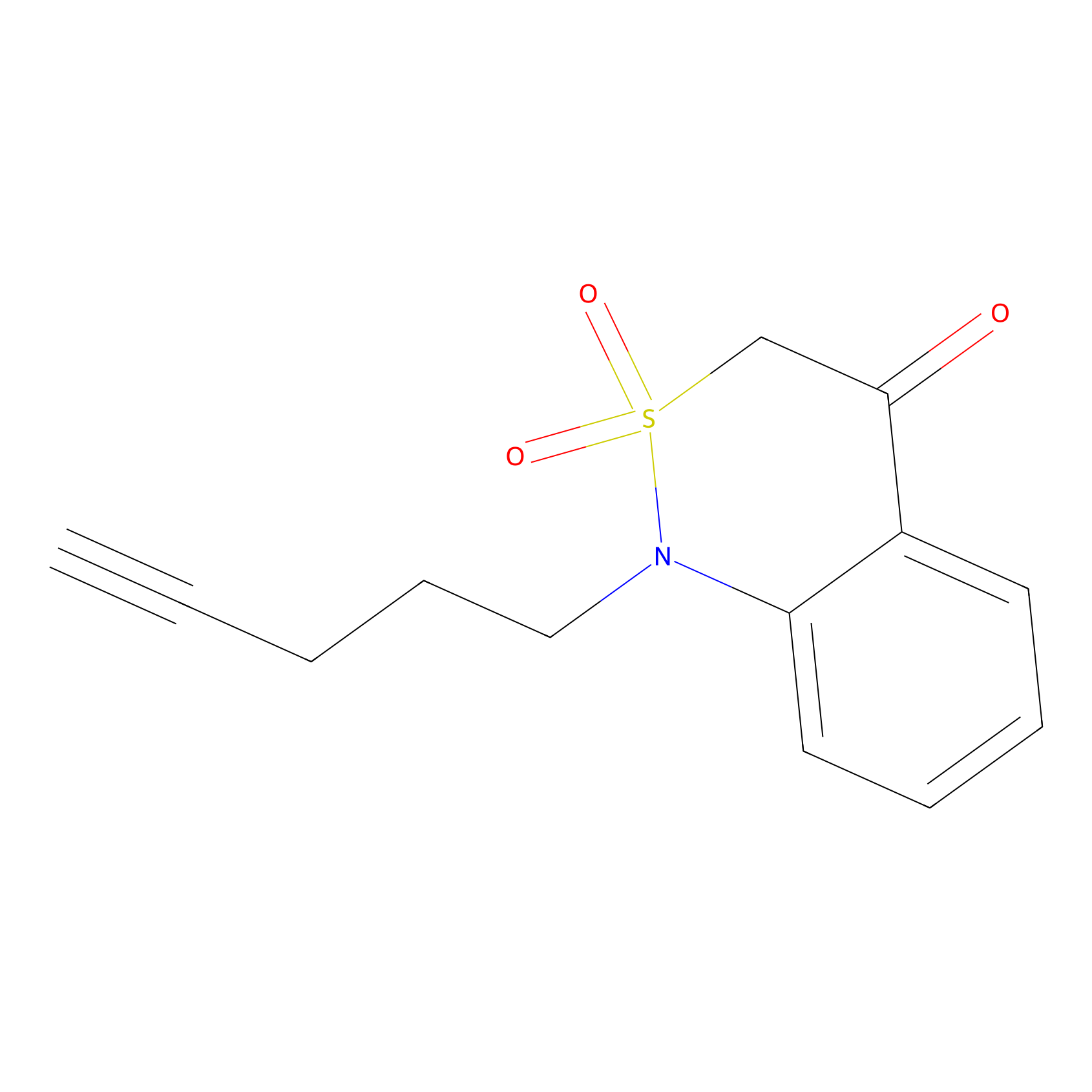Details of the Target
General Information of Target
| Target ID | LDTP04939 | |||||
|---|---|---|---|---|---|---|
| Target Name | Transforming growth factor beta-2 proprotein (TGFB2) | |||||
| Gene Name | TGFB2 | |||||
| Gene ID | 7042 | |||||
| Synonyms |
Transforming growth factor beta-2 proprotein; Cetermin; Glioblastoma-derived T-cell suppressor factor; G-TSF) [Cleaved into: Latency-associated peptide; LAP; Transforming growth factor beta-2; TGF-beta-2)]
|
|||||
| 3D Structure | ||||||
| Sequence |
MHYCVLSAFLILHLVTVALSLSTCSTLDMDQFMRKRIEAIRGQILSKLKLTSPPEDYPEP
EEVPPEVISIYNSTRDLLQEKASRRAAACERERSDEEYYAKEVYKIDMPPFFPSENAIPP TFYRPYFRIVRFDVSAMEKNASNLVKAEFRVFRLQNPKARVPEQRIELYQILKSKDLTSP TQRYIDSKVVKTRAEGEWLSFDVTDAVHEWLHHKDRNLGFKISLHCPCCTFVPSNNYIIP NKSEELEARFAGIDGTSTYTSGDQKTIKSTRKKNSGKTPHLLLMLLPSYRLESQQTNRRK KRALDAAYCFRNVQDNCCLRPLYIDFKRDLGWKWIHEPKGYNANFCAGACPYLWSSDTQH SRVLSLYNTINPEASASPCCVSQDLEPLTILYYIGKTPKIEQLSNMIVKSCKCS |
|||||
| Target Type |
Clinical trial
|
|||||
| Target Bioclass |
Cytokine and receptor
|
|||||
| Family |
TGF-beta family
|
|||||
| Subcellular location |
Secreted; Secreted, extracellular space, extracellular matrix
|
|||||
| Function |
[Transforming growth factor beta-2 proprotein]: Precursor of the Latency-associated peptide (LAP) and Transforming growth factor beta-2 (TGF-beta-2) chains, which constitute the regulatory and active subunit of TGF-beta-2, respectively.; [Latency-associated peptide]: Required to maintain the Transforming growth factor beta-2 (TGF-beta-2) chain in a latent state during storage in extracellular matrix. Associates non-covalently with TGF-beta-2 and regulates its activation via interaction with 'milieu molecules', such as LTBP1 and LRRC32/GARP, that control activation of TGF-beta-2.; [Transforming growth factor beta-2]: Multifunctional protein that regulates various processes such as angiogenesis and heart development. Activation into mature form follows different steps: following cleavage of the proprotein in the Golgi apparatus, Latency-associated peptide (LAP) and Transforming growth factor beta-2 (TGF-beta-2) chains remain non-covalently linked rendering TGF-beta-2 inactive during storage in extracellular matrix. At the same time, LAP chain interacts with 'milieu molecules', such as LTBP1 and LRRC32/GARP, that control activation of TGF-beta-2 and maintain it in a latent state during storage in extracellular milieus. Once activated following release of LAP, TGF-beta-2 acts by binding to TGF-beta receptors (TGFBR1 and TGFBR2), which transduce signal.
|
|||||
| TTD ID | ||||||
| Uniprot ID | ||||||
| DrugMap ID | ||||||
| Ensemble ID | ||||||
| HGNC ID | ||||||
| ChEMBL ID | ||||||
Target Site Mutations in Different Cell Lines
| Cell line | Mutation details | Probe for labeling this protein in this cell | |||
|---|---|---|---|---|---|
| CORL23 | SNV: p.F152I | . | |||
| DU145 | SNV: p.K175N | DBIA Probe Info | |||
| HEC1 | SNV: p.C318Y | . | |||
| KASUMI1 | SNV: p.P113L | . | |||
| LNCaP clone FGC | SNV: p.I370V | DBIA Probe Info | |||
| MCC26 | SNV: p.Y352S | DBIA Probe Info | |||
| TKKK | SNV: p.E90K | . | |||
Probe(s) Labeling This Target
ABPP Probe
| Probe name | Structure | Binding Site(Ratio) | Interaction ID | Ref | |
|---|---|---|---|---|---|
|
STPyne Probe Info |
 |
K173(4.22); K81(6.32) | LDD0277 | [1] | |
|
DBIA Probe Info |
 |
C89(1.54) | LDD3311 | [2] | |
|
BTD Probe Info |
 |
C89(1.11) | LDD1700 | [3] | |
Competitor(s) Related to This Target
| Competitor ID | Name | Cell line | Binding Site(Ratio) | Interaction ID | Ref |
|---|---|---|---|---|---|
| LDCM0022 | KB02 | 42-MG-BA | C89(1.90) | LDD2244 | [2] |
| LDCM0023 | KB03 | 42-MG-BA | C89(3.33) | LDD2661 | [2] |
| LDCM0024 | KB05 | G361 | C89(1.54) | LDD3311 | [2] |
| LDCM0508 | Nucleophilic fragment 17a | MDA-MB-231 | C89(1.00) | LDD2101 | [3] |
| LDCM0518 | Nucleophilic fragment 22a | MDA-MB-231 | C89(0.75) | LDD2111 | [3] |
| LDCM0532 | Nucleophilic fragment 29a | MDA-MB-231 | C89(1.83) | LDD2125 | [3] |
| LDCM0534 | Nucleophilic fragment 30a | MDA-MB-231 | C89(0.69) | LDD2127 | [3] |
| LDCM0541 | Nucleophilic fragment 36 | MDA-MB-231 | C89(0.51) | LDD2134 | [3] |
| LDCM0543 | Nucleophilic fragment 38 | MDA-MB-231 | C89(0.69) | LDD2136 | [3] |
| LDCM0544 | Nucleophilic fragment 39 | MDA-MB-231 | C89(0.72) | LDD2137 | [3] |
| LDCM0211 | Nucleophilic fragment 3b | MDA-MB-231 | C89(1.11) | LDD1700 | [3] |
| LDCM0552 | Nucleophilic fragment 6a | MDA-MB-231 | C89(0.54) | LDD2146 | [3] |
| LDCM0554 | Nucleophilic fragment 7a | MDA-MB-231 | C89(0.76) | LDD2148 | [3] |
References
